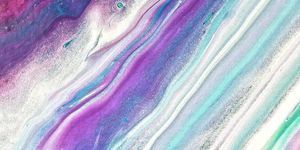Light Exposure During Sleep Linked to Obesity, Hypertension in Older Adults
A recent study published in the journal Sleep has linked light exposure at night to obesity, diabetes, and high blood pressure in adults aged 63–84, all of which are serious cardiovascular risk factors.
In the study, 552 adults between the ages of 63 and 84 were monitored for activity and light exposure during a seven-day period. Participants also underwent an examination of cardiovascular disease risk factors. Light exposure at night was compared to cardiovascular disease risk factor profiles for potential associations.
Surprisingly, less than half of the study participants consistently experienced complete darkness during a five-hour period every night. Most participants had at least some light exposure even during the darkest periods of the 24-hour cycle. The participants who were exposed to any amount of light at night were significantly more likely to have obesity, diabetes, and high blood pressure than those who were not exposed to light.
Older adults already have a higher risk of developing cardiovascular risk factors, and these results emphasize the importance of sleep and light exposure in minimizing unnecessary risk. Importantly, the results of this study did not determine causation; it is possible that having risk factors such as hypertension, obesity, or diabetes may make individuals more likely to leave lights on at night. However, given that light exposure at night has been previously associated with poor health outcomes, it is likely that avoiding light exposure at night is important for reducing health risks.
One of the study’s authors noted that light can come from many sources at night, including cell phones, TVs, and light pollution from outside. Tips for restful sleep with minimal light exposure include leaving the lights off at night, choosing night lights that are dim and close to the ground if they are necessary, and using blackout shades or eye masks to avoid light pollution from outside. The color of light exposure is also important near bedtime; red and orange light are less stimulating than white or blue light.
Sources: Sleep, Science Daily








